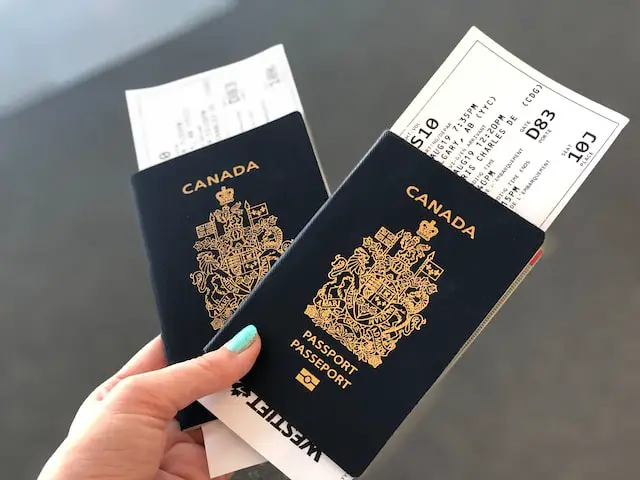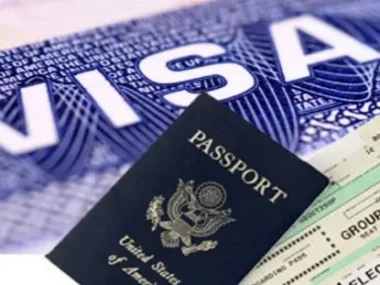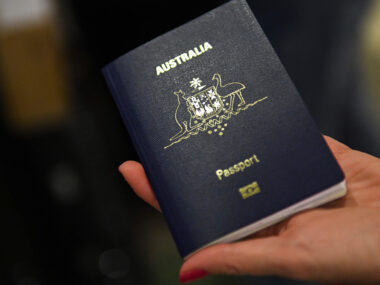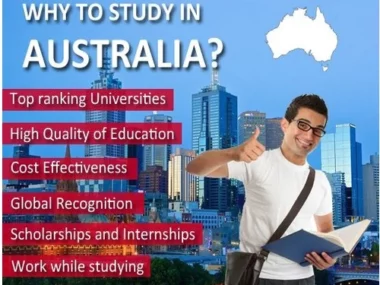Studying in Australia is an exciting step toward a bright future. Before you can take this step, you need to finalize some important details.
One of the most important things you’ll need is a student visa, specifically the.
But what do you need to lodge a successful application? Below is a step-by-step guide to academic entry and visa requirements.
Academic Entry Requirements
Academic requirements (including English language level) will vary depending on the course you want to study. You can explore all available courses via the Study Australia Course Search tool.
Please read the course entry requirements on each education provider’s website carefully and contact the provider directly if you need any further information.
Types of Visas for Studying in Australia
When planning to study in Australia, there are two visa options available: student visas and working holiday visas.
It is crucial to choose the right visa to ensure a smooth and uninterrupted study experience.
Important Factors to Consider
Before applying for a student visa, there are several essential factors to keep in mind. Student visas are typically issued for three years, with the possibility of applying for an additional visa under certain conditions.
Maintaining your existing visa is crucial, and it is advisable to apply for a new one only after completing your studies and having proper documentation.
Additionally, updating your passport in case of name or address changes can help prevent immigration issues. Permission from Immigration Services is required for work, with limits on working hours depending on term time or holidays.
Health insurance and sufficient funds to support oneself are also necessary. Non-native English speakers must provide evidence of English language proficiency.
Required Documents for Visa Application
The documents required for visa application may vary depending on whether you are applying from your country or overseas. Having an Australian passport or Permanent Residency Visa eliminates the need for a letter of invitation.
However, if applying from overseas, a Letter of Invitation from the educational institution is required. A valid passport with at least 12 months left before expiration and two blank pages for stamps and visas is essential. Additional pages can be added to the passport if needed.
Types of Student Visas
To apply for a student visa, you must first confirm your eligibility. The subclass 500 visa allows full-time study at an Australian educational institution. The duration of your stay depends on the course duration and whether it is undergraduate or postgraduate. Other visa options, such as temporary work (subclass 457) or holiday (subclass 676) visas, may also be available.
SkillSelect is the initial application platform, followed by applying for the student visa through approved providers like VFS Global or IDP Education Services.
Fees and Costs Before applying for a student visa, specific fees need to be paid. The application fee is approximately AU$ 330, with additional charges for express services.
A health surcharge of around AU$200 is required for those without Australian permanent residency or citizenship. Tuition fees for the first semester and course-related costs should also be paid, varying depending on the chosen institution.
Alternative Options and Family Visas
In certain circumstances, there are alternative options to an Australian student visa. Some countries may be eligible for eVisitor or Electronic Travel Authority visas. It is advisable to check with the country’s embassy or consulate before making travel arrangements. Family members such as spouses, partners, and dependent children may also be eligible for visas, each with their own application process.
Australian citizens or permanent residents can sponsor their parents’ applications and short-term residency can be obtained under parent visas. Sponsorship of relatives may be possible based on individual circumstances.
Ensuring Visa Approval
It is important to follow specific steps to increase the chances of visa approval. First, ensure eligibility for entry into Australia, including meeting age and educational requirements. Covering all costs independently is necessary, but there are possibilities to work around funding through institutions. Apply for the visa well in advance, as processing times can range from 2 to 6 months.
Keep the authorities informed of any changes in status or contact information to stay updated on the application’s progress.
Failure to communicate within 30 days may result in the application being closed. Once approved, there is a 6-month window to apply for a temporary student visa before departure.






